|
I'm currently looking for two local volunteers to help with sperm whale acoustic research this summer. Volunteers will listen to recordings and track when different sperm whale sounds are made (including echolocation clicks, codas, clangs, and creaks; see here for an example of the first three). You'll learn to discriminate different sperm whale sounds and will gain experience using an open source acoustic software, Audacity. The data output will contribute to my Ph.D. thesis; see the research tab if you want to learn more about my work!
Listening to sperm whale acoustic files can be monotonous and requires strong attention to detail. I'm looking for volunteers who can reliably commit 5-10 hours per week from now through August. If interested, please email me at [email protected] and tell me a bit more about yourself, any relevant previous experience you have (not required), and your availability this summer. Thanks!
0 Comments
For the past few months, I've been working on and off to compile information on marine biology internships and marine mammal graduate programs. When I was first trying to get my foot in the marine mammal door, I spent a ton of time researching internship positions that would help me gain technical experience and become a more qualified candidate for graduate programs. Similarly, my graduate school search was extensive and time-consuming. In an effort to help other busy undergraduate students, I've combed through the many lists in my "Internships" and "Graduate Programs" folders to create a summary spreadsheet. This spreadsheet, which can be downloaded below, provides basic information on 38 graduate schools with marine mammal researchers and 68 marine biology internship programs. If your graduate program/supervisor is missing from this list, or if you did an awesome internship that didn't turn up in my searches, please let me know! You can send me a message through the "Contact" page of this site. Happy hunting!
Hi everyone! I'm finally back in Halifax after 3.5 months of fieldwork. I'll post about my recent field season with The Dominica Sperm Whale Project in the coming weeks, but in the meantime I thought it would be nice to do a quick write up on what an average day in the lab looks like for me.
If you've had a chance to look at the "Research" tab of this site, you know that my work primarily focuses on sperm whale social communication. More specifically, one of my thesis chapters investigates if sperm whale clan dialects change over time in the Eastern Tropical Pacific Ocean and Eastern Caribbean Sea. When I first started my degree, I thought this would be a fairly easy question to answer, given that our Pacific dataset includes almost 17,000 sperm whale codas! But when I broke that dataset down by location (ex. Galápagos Islands) and clan (ex. Short clan), I found that several years had really small coda sample sizes. To that effect, my current goal at present is to increase coda sample sizes within certain years. All of the early recordings from the Eastern Tropical Pacific Ocean were made on reel-to-reel tapes using a Nagra recorder. We still have the original tapes and the Nagra, so I spend most of my time these days digitizing tapes, listening to the new audio files, and marking and extracting codas.
The actual process for digitizing was pretty challenging to figure out and involved a lot of research and trial and error. Luckily, our tapes are in great shape and the Nagra is a top-of-the-line recorder. Now that I have the basic protocol down, I've been continuously cranking out newly digitized tapes. My goal is to not only digitize the tapes I need for my research, but also the rest of the tapes in our archive. The video below is from the first day I was successfully able to digitize a tape. It gives you a better idea of the steps involved in converting a reel-to-reel tape to an audio file.
I recently finished up a teaching assistantship with Field Studies of Marine Mammals (a Dalhousie University summer field course). The course is pretty incredible because it not only includes fascinating lectures on all aspects of cetacean biology and ecology, but also a camping trip to the Bay of Fundy and multiple days out on a whale watching boat. The students are divided into small groups and each group conducts a mini project while in the field. As the course TA, I supervised two students as they worked on an ecotourism impact study. I also gave two guest lectures (one on sperm whales, the other on acoustics) and helped design and lead an acoustic analysis workshop. All in all, TAing my first Dalhousie course was an incredible experience and I can't wait to do it again! Not to mention I got to visit a new part of Nova Scotia, go camping, spend time on the water, and see plenty of great wildlife (humpback whales, sunfish, Atlantic white-sided dolphins, and EVEN a North Atlantic right whale!); what more can a biologist ask for! I was given the amazing opportunity to head into the field and get my feet wet this past spring. Our lab has an ongoing collaboration with The Dominica Sperm Whale Project (DSWP), which was founded by Dr. Shane Gero when he was a Master's student with Hal. Now in its 14th year, the DSWP has greatly increased our knowledge of the behavior, acoustics, social structure, genetics, and foraging of the Eastern Caribbean sperm whales. I absolutely loved my time in Dominica, and was especially thrilled that I got to upgrade from a rainy, cold Nova Scotian spring to a Caribbean summer. Our average day on the water looked something like this: 6:30 - Rise and shine! Get ready for the day and gather all of the field gear. 7:15 - Be on the dock and ready to board our research vessel, Flying Fish (and later Skipjack, after Flying Fish needed repairs), for the day. 7:30 - Start our regular rectangular transect on the leeward side of the island. Periodically conduct "hydrophones stations," where we drop a pickle hydrophone overboard and listen for sperm whale echolocation. 8:00 - Hear sperm whales! On a good day, we would hear sperm whales at our very first hydrophone station; on a bad day, we could go the whole day without seeing or hearing anything. Once we detected sperm whales on the pickle hydrophone, we would drop a directional hydrophone and start tracking the whales. 8:30 - 5:30 - Track groups of sperm whales and collect photographs, acoustic recordings, skin samples, and fecal samples at each surfacing. This field season was extra busy, as the DSWP started a drone study and also hosted multiple photographers and authors. No two days were the same! 5:30 - Head back into shore. Drive up to the field house and start entering data and cooking dinner. 6:30 - 10:00 - Eat dinner, catch up on emails, play cards with the field crew, and fall asleep within minutes. I am so lucky to have been part of this amazing field team. Some of the acoustic data we collected will directly contribute to my doctoral research as well! Hi everyone! Thank you so much for visiting my new website. I plan on using this blog page to provide frequent updates on the trials, successes, and preliminary results of my doctoral research. Stay tuned for my first official post, which will cover the research I participated in as a field assistant with The Dominica Sperm Whale Project.
|
|||||||
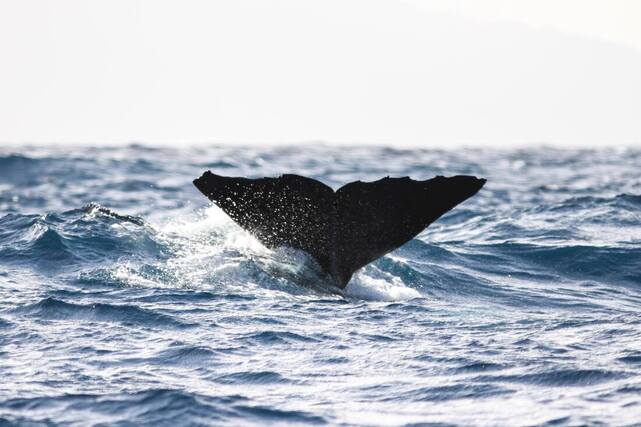
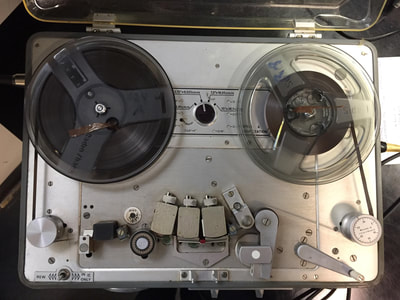
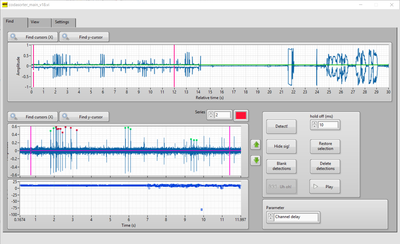
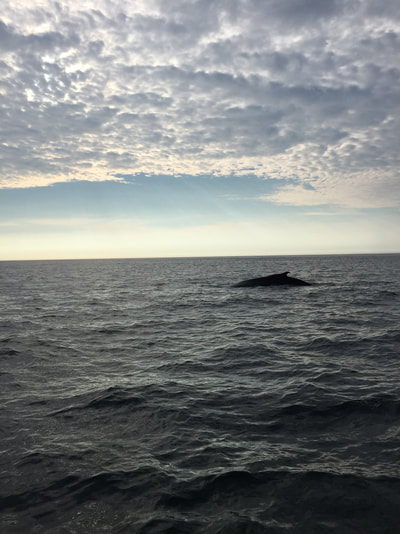
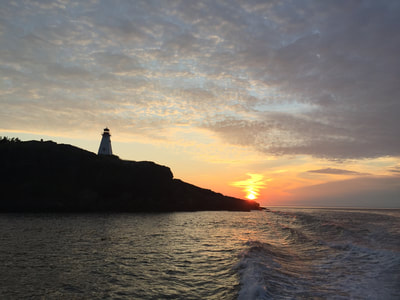
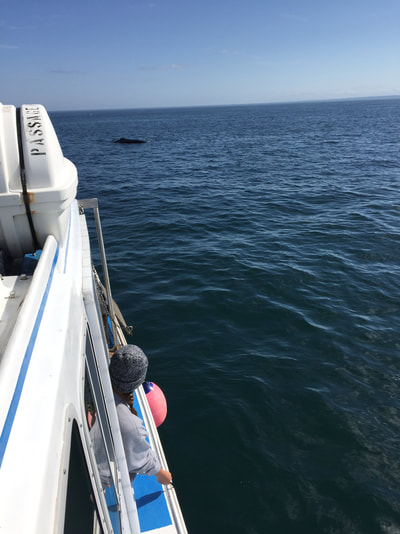
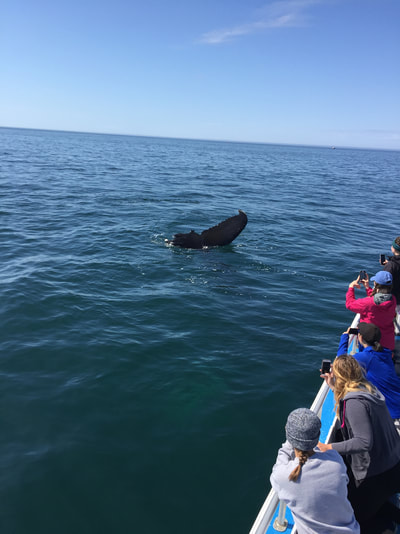
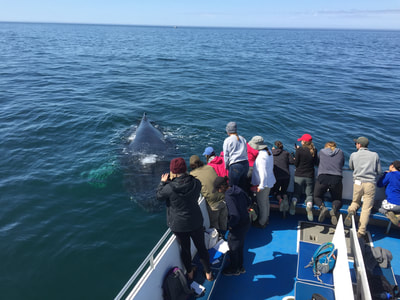
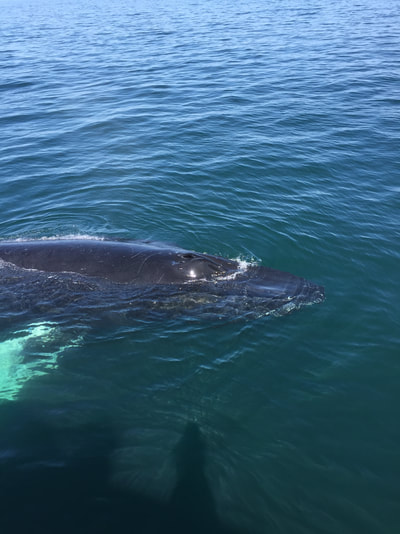
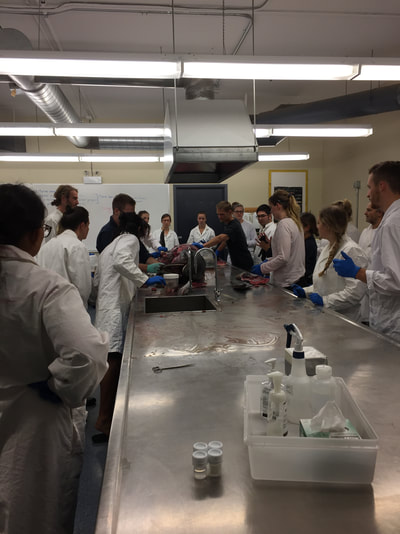
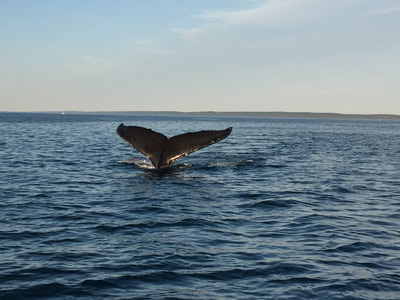
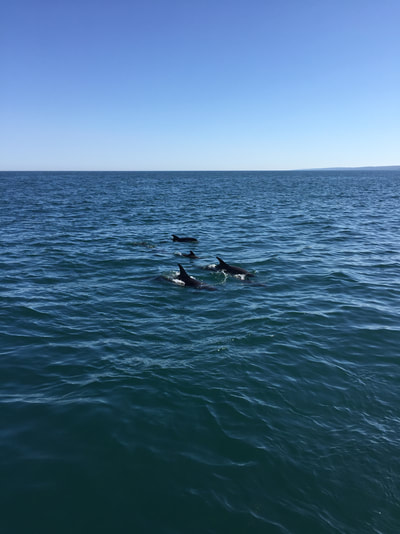
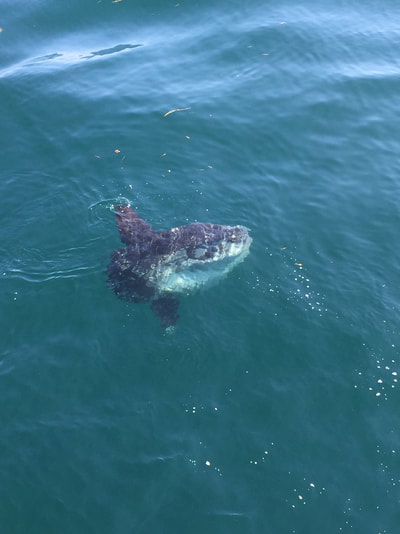
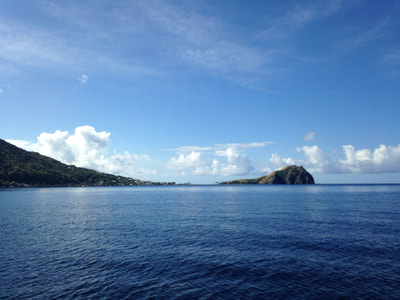
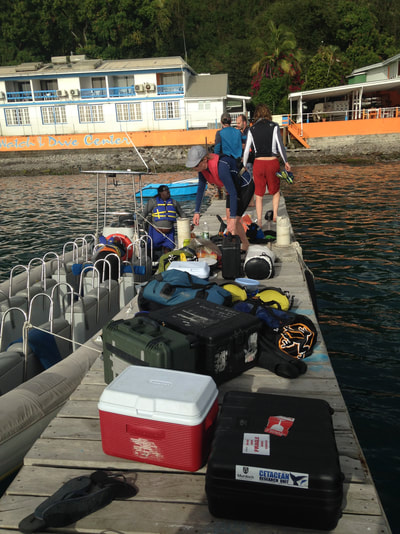

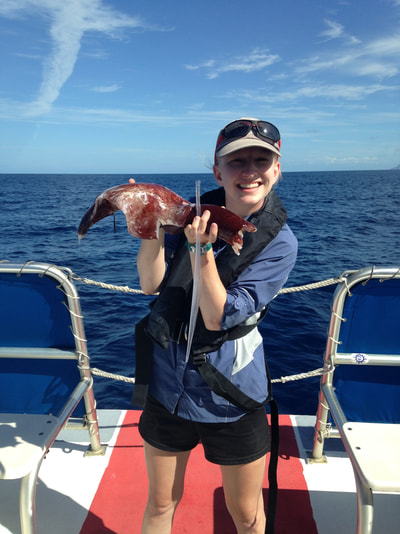
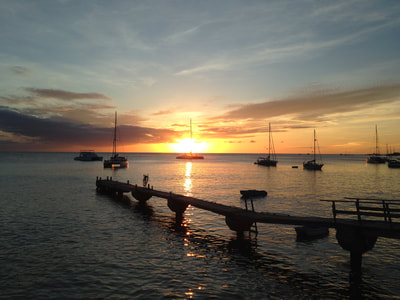
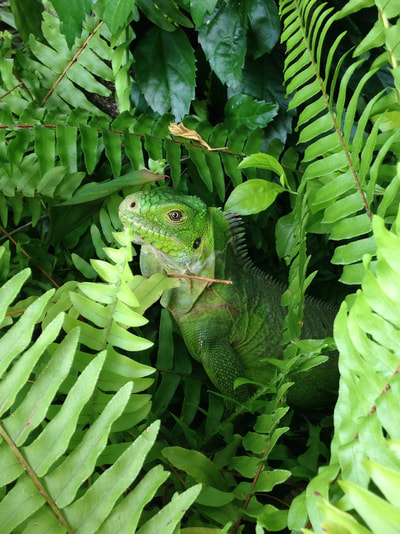
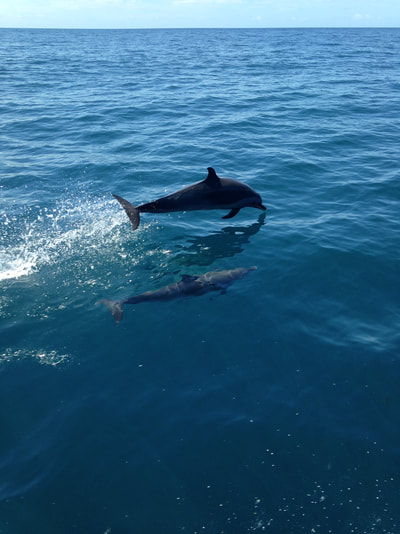

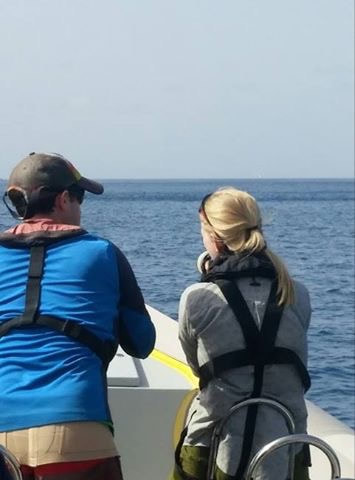
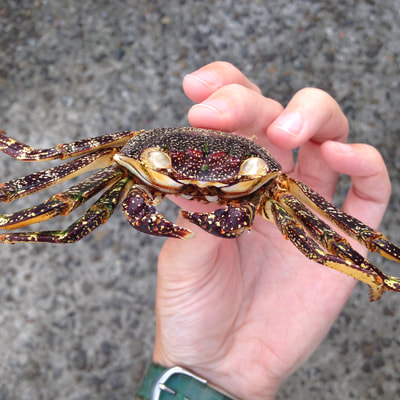
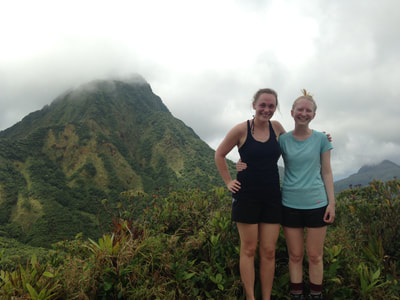
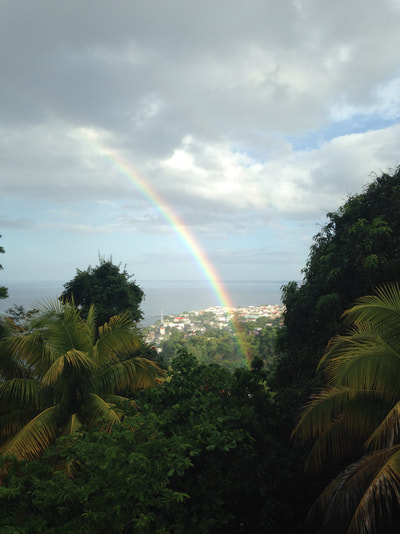
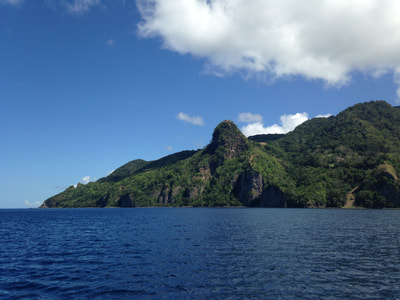
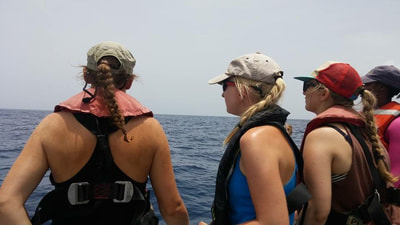
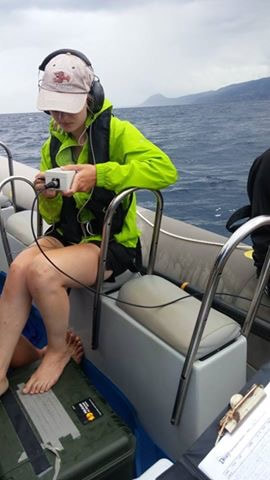
 RSS Feed
RSS Feed
